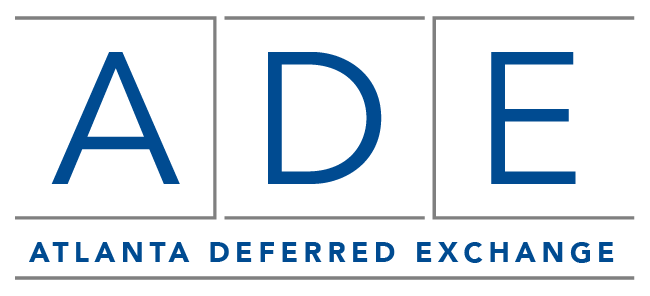
What can you do if part of the property you are selling is your primary residence and another part is investment real estate? One of the options to consider is doing a 1031 exchange on the investment piece and taking advantage of the gain exclusion on the primary residence portion. The IRS addressed the tax treatment options when mixed-use property is sold in Revenue Procedure 2005-14. This may occur when there are two different uses under the same roof, such as a duplex where one side is the owner’s primary residence and the other side is being rented out, or similarly, a Bed & Breakfast that contains rooms for rent with the owner living in the remainder (and reporting it as their primary residence). This can even occur when a single structure contains a home and another part has been allocated for a specific business use, like an office or retail space. This is commonly referred to as a mixed-use sale or a 1031/121 transaction.
There are situations where property not covered by the same roof has mixed uses. Examples include a parcel of land that contains a home and a farm, a ranch or extra acreage. In these circumstances, both uses are located on the same parcel of land, but the uses are delineated and distinct. This article will focus on how to benefit from both a 1031 and the primary residence gain exclusion when a home is located on a larger tract of land that is not an existing farm or ranch, but additional acreage.
Forty years ago, Tyler and Leslie Black bought a home on 26 acres of land for $360,000. Since that time, property values have risen dramatically, leading a retail developer to make them an offer for the entire property for $2.6 million, or $100,000 per acre. They are concerned about having to pay a large amount of tax. The couple’s realtor mentions that they recently heard about a “mixed-use” approach and refers them to a 1031 specialist. To their surprise, the Blacks learn that if properly structured, this can be a tax-free transaction that not only allows them to buy the new maintenance-free home they wanted, but also create a large amount of additional retirement income along with putting several hundred thousand dollars of cash in their bank account.
So how exactly does this work? Let’s start with the Blacks’ home. The Section 121 rules state that when you sell a home that has been your primary residence for more than two years, you get a $250,000 gain exclusion if you are a single taxpayer, and a $500,000 exclusion if you file a joint return, the latter of which would apply in this scenario. After some research, the Blacks determined the original land value was $10,000 / acre, with the house valued at $100,000. Under the terms of the sale, an appraisal is completed showing the replacement cost of the house would be $300,000. Ideally, if there is justification for three acres to be considered the portion of the land that goes with the home component of the sale, the Blacks would maximize the benefit of their $500,000 gain exclusions:

$300,000 (house)
+ $300,000 (land)
$600,000 (house and land)
– $100,000 (original basis)
= $500,000 gain
– $500,000 (exclusion under Section 121)
= $0 gain recognition
Fortunately, this is a reasonable and defensible position for two reasons: Current lot sizes in the area are 2-4 acres on average, making a 3 acre allocation justifiable. Secondly, the house and driveway just happen to be on approximately 3 acres that make up the only unfenced area on the parcel. The remaining acreage is enclosed by a fence they installed right after they moved in, which allowed their horses to safely roam the balance of the property. In the Blacks’ situation, there is a clear justification for valuing their home and related acreage at $600,000. For allocation purposes, the remaining fenced 23 acres would be valued at $2 million.
Ultimately, through careful planning, Tyler and Leslie are very happy with their sale and the results. They received $600,000 of cash, tax-free because of their primary residence exclusion. They used $300,000 of the cash to buy a debt-free new home. They put the $300,000 balance in their savings account. With the remaining $2 million “investment” portion of the funds, they completed a 1031 exchange buying land with a Dollar General store as replacement property. The lease with Dollar General is for 15 years and is NNN (which means the tenant is responsible for all costs and maintenance). This new investment generates $100,000 of hassle-free annual rental income.
Strategic planning that carefully follows the IRS guidelines allows a virtual “double-dipping” when selling a mixed-use property. Care must be taken when structuring the transaction and allocating values. Other questions that may arise are:
“Do I need to record a separate plat for the lot around the home”?
“Should there be separate sales contracts and closing statements“?
“How should the sale contract be worded”?
Because every fact pattern is different, it is best to address questions like this directly with one of our team members. Please let me know if you have any questions regarding this type of strategy. As always, any proposed approach should be reviewed and approved by your tax professional.

